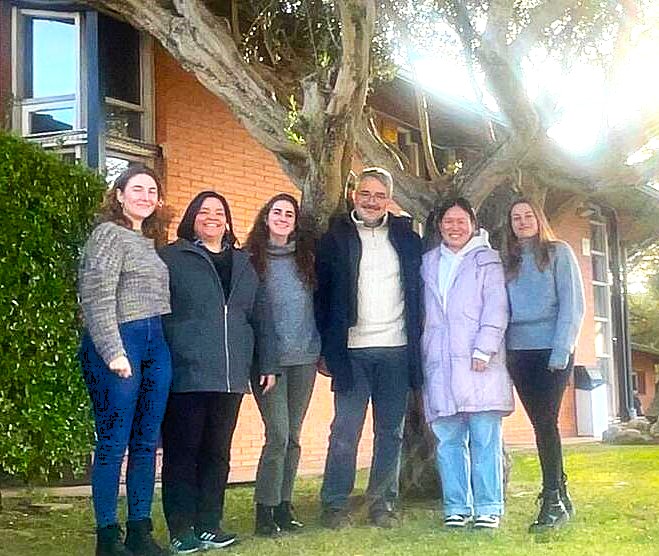Protein Structure
Research Lines
Our laboratory uses synchrotron radiation protein crystallography as the main procedure to decipher the molecular mechanisms behind the atomic structure of proteins and protein complexes. In our laboratory we combine this powerful structural technique with functional and biochemical characterization using in vitro or in vivo methods. In the last decades, the structural and functional characterization of proteins and protein complexes has shed light on the most relevant molecular mechanisms in cellular function.
SUMO and ubiquitin are small protein modifiers that can bind via an isopeptide bond to lysine residues of target proteins. This type of post-translational modification is very common and regulates almost all processes of cellular life, including cell division, DNA repair or gene expression. For example, modification of ubiquitin via Lys48 regulates the half-life of many proteins for degradation by the proteasome system and is essential for protein homeostasis in the cell. The conjugation of ubiquitin and SUMO (Ubl) to target proteins is carried out by a conserved multi-step enzymatic cascade through E1 (activating enzyme), E2 (conjugating enzyme), and E3 (ligase enzyme). Conversely, deubiquitinating enzymes (DUBs) can remove ubiquitin by catalyzing the hydrolysis of the isopeptide bond. Therefore, the conjugation and deconjugation of ubiquitin and SUMO are balanced and tightly regulated by conjugating E3 ligases and deconjugating DUBs.
Our mid- to long-term research lines include the functional and structural characterization of protein complexes of the ubiquitin/SUMO pathway, such as the SUMO E3 ligase activity of the Nse2 subunit of the Smc5/6 complex, which is involved in DNA micro-compactation and acts as a giant E3 ligase involved in DNA damage repair pathways.
We are also currently working on the mechanisms of deconjugation of SUMO and ubiquitin proteases. We have described the regulatory mechanism behind the deubiquitinase USP25, which switches from the dimer (active) to the tetramer (inactive) conformation, and behind USPL1, which is an unusual deubiquitinase that instead of ubiquitin cleaves SUMO conjugates. In addition, we have recently characterized human SENP7 and Rhizobia NopD, the latter of which interestingly possesses multiple deconjugation activity towards SUMO, ubiquitin and Nedd8.
Information of interest
Funding
Additional information





